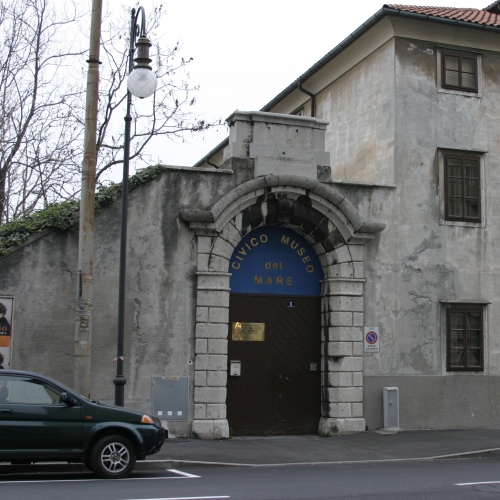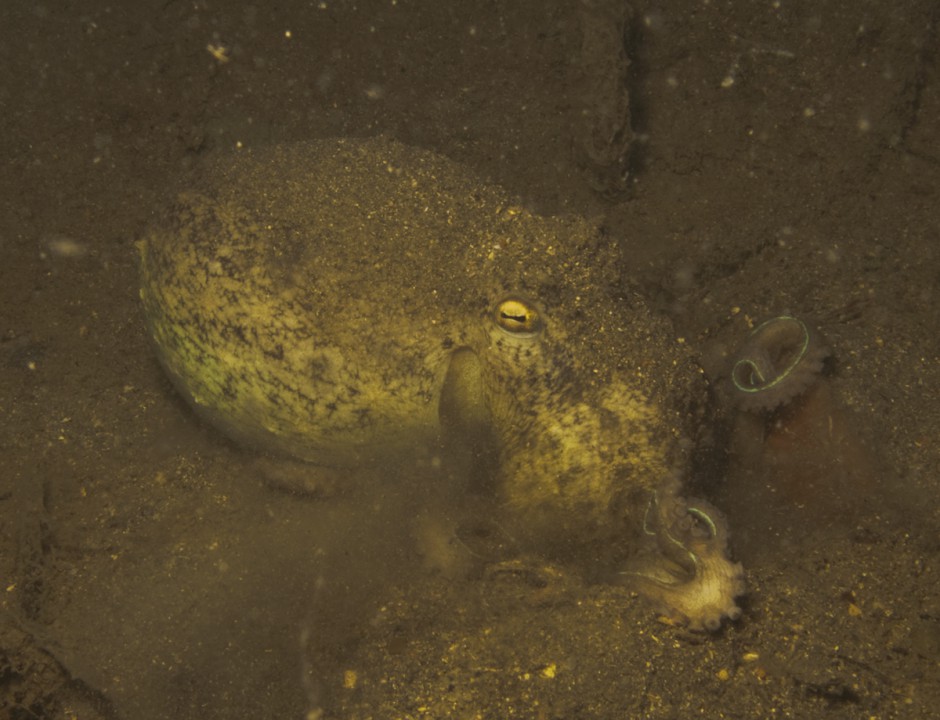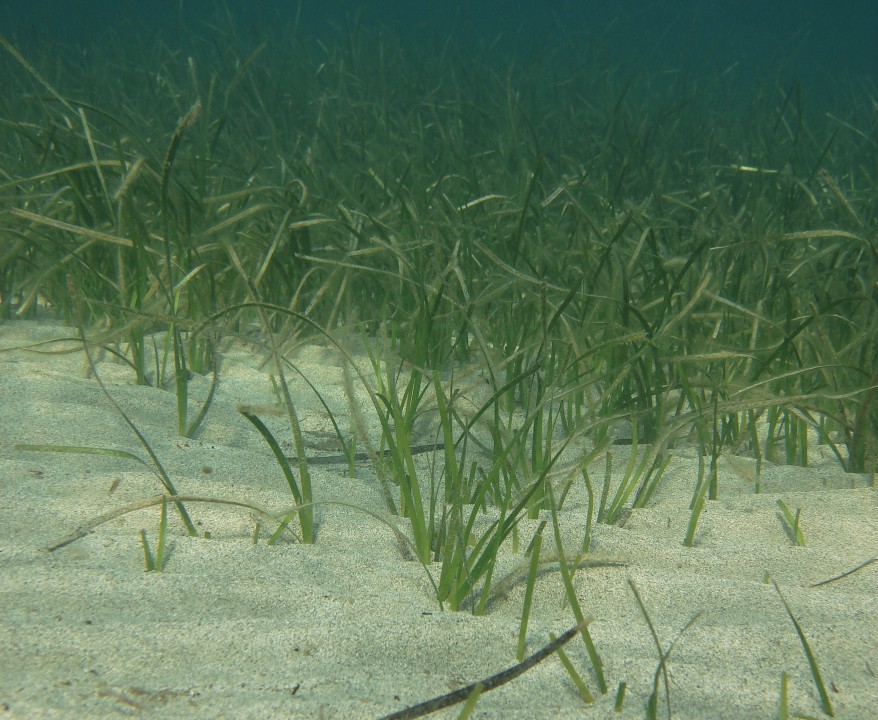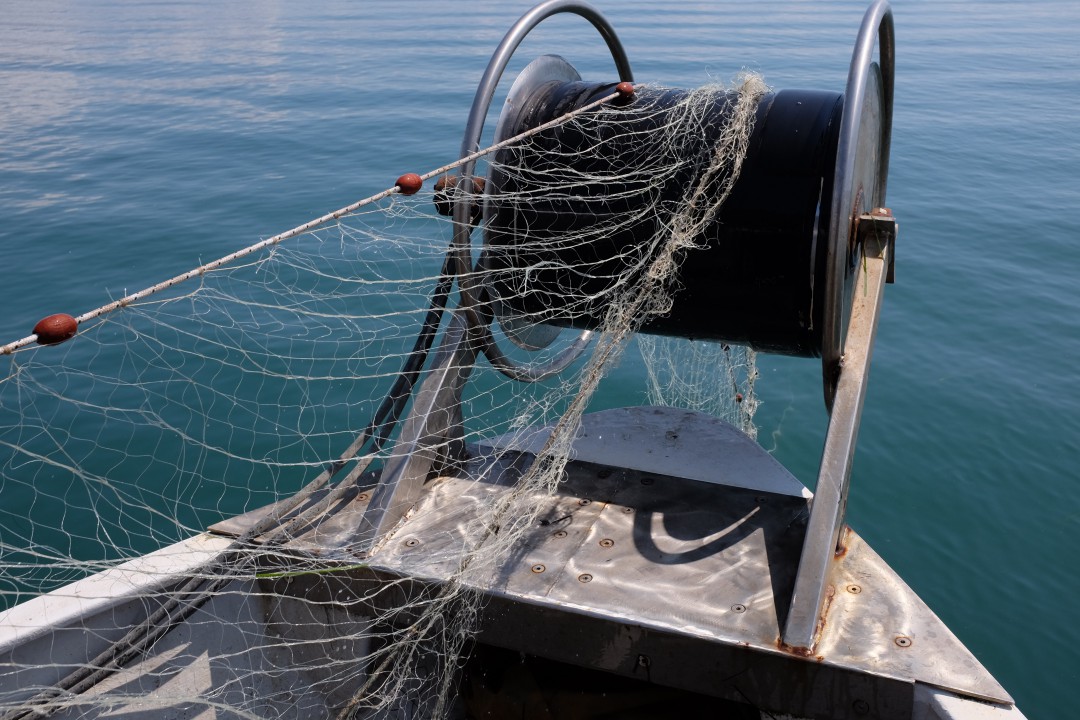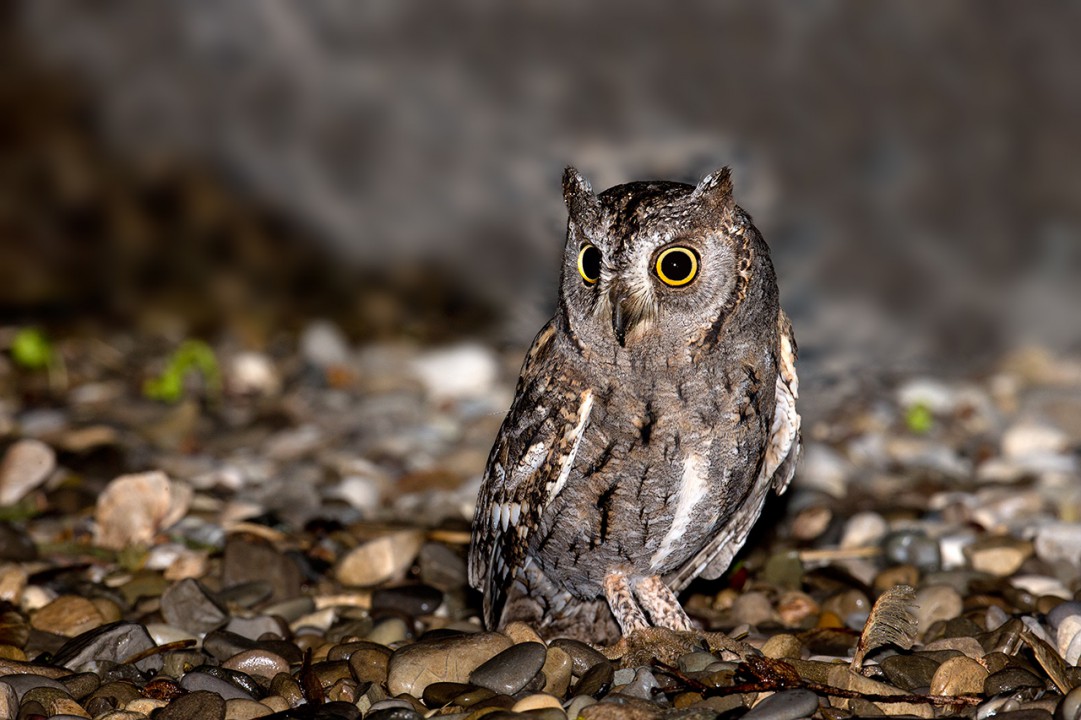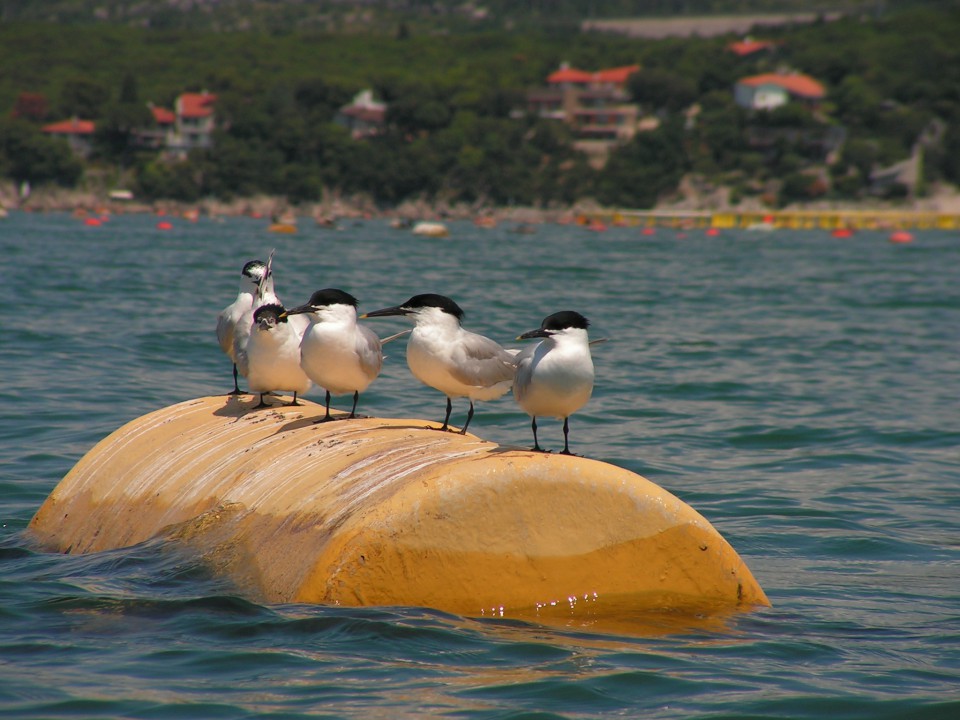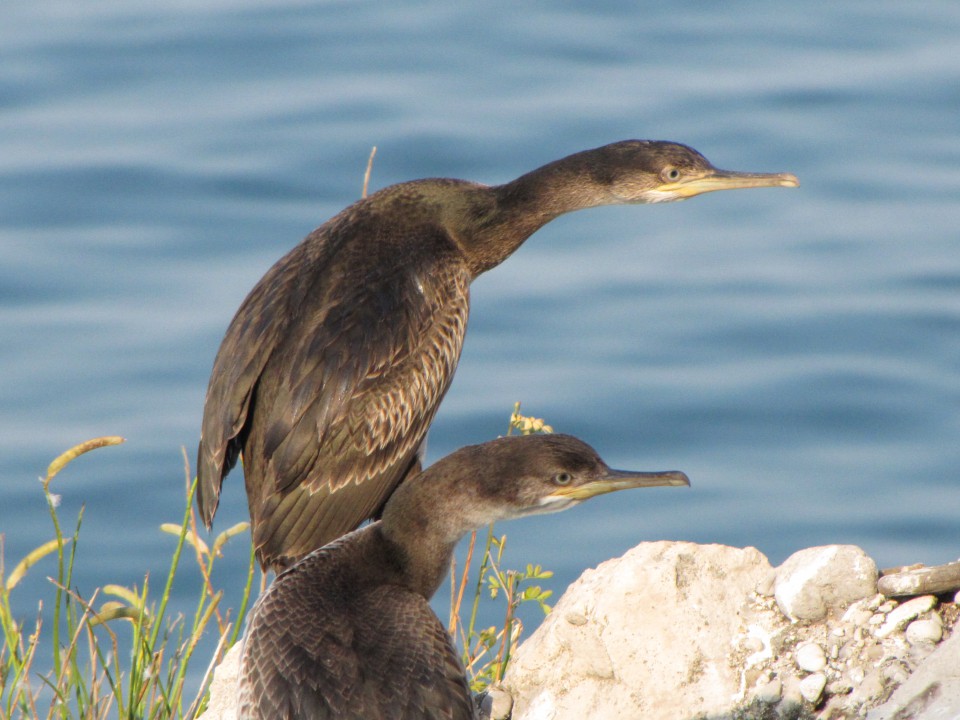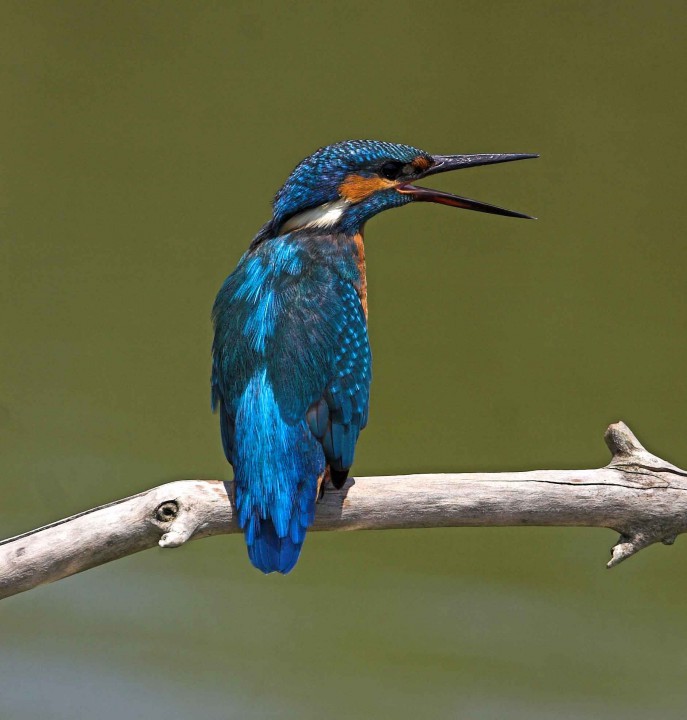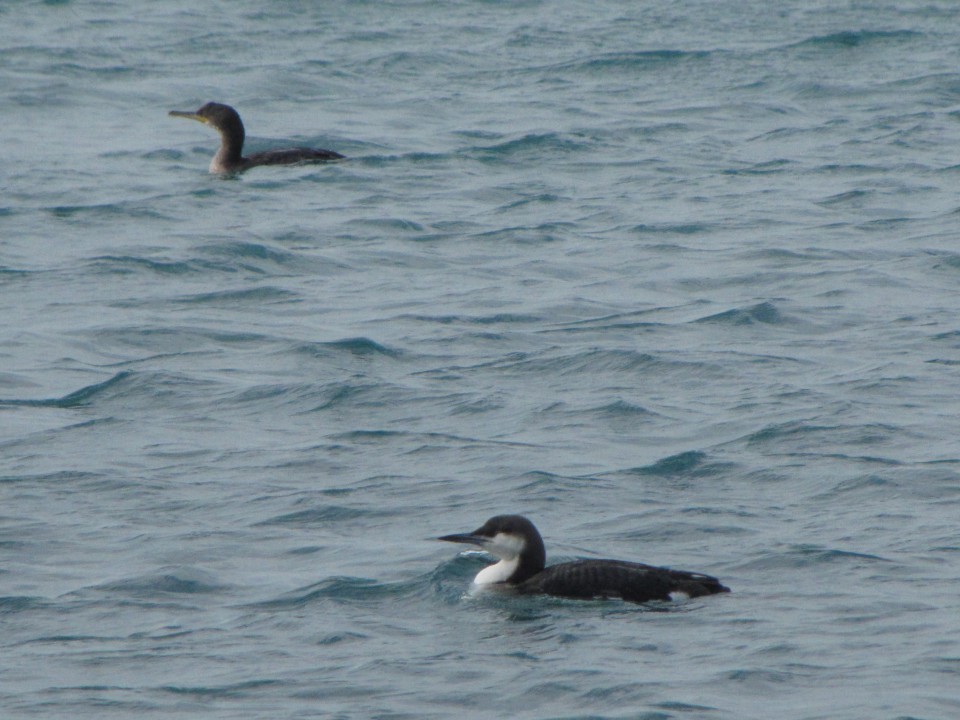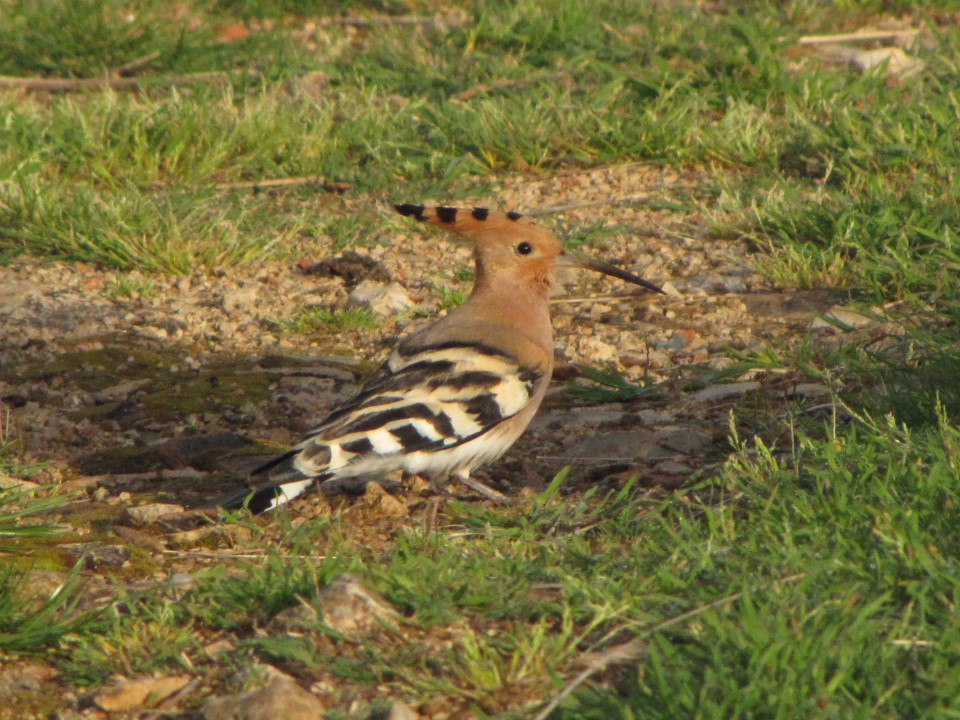
Descrizione
Lasciando alle spalle Muggia e il recente insediamento di Porto San Rocco, e passando all’interno o all’esterno delle dighe foranee che proteggono la baia di Muggia dalle mareggiate di libeccio, l’arrivo a Trieste passa in rassegna i vari moli del Porto Nuovo tra cui spicca il molo Settimo in continua attività. Si prosegue all’esterno della Sacchetta, passando poi davanti al molo della Stazione Marittima, il molo Audace con la bellissima vista di Piazza dell’Unità d’Italia dal mare, la Capitaneria di Porto. Si punta quindi verso Barcola, passando all’interno della Diga che protegge il Porto Vecchio. Lo sviluppo urbano settecentesco di Trieste è collegato allo sviluppo del Porto da quando gli Asburgo decisero di farla diventare il porto imperiale verso il Mediterraneo. Nel 1740 Maria Teresa d’Austria fece bonificare le saline su cui sorse il Borgo Teresiano che mantiene le geometrie tipiche dei bacini evaporanti e il Canal Grande che li alimentava di acqua di mare. La città in duecento anni passò da 4.000 a 200.000 abitanti : fu la terza metropoli dell’Impero Austro - Ungarico, dopo Vienna e Praga e capoluogo del Litorale Adriatico Austriaco. Il fasto della bella epoque in cui la città divenne sempre più multietnica e multiculturale, declinò completamente dopo gli eventi bellici delle due Grandi Guerre. Un modo piacevole per conoscere Trieste e il suo mare è di percorrere le Rive partendo dal Molo Audace a cui attraccò il primo omonimo cacciatorpediniere italiano nel 1918 e proseguendo verso il Molo Bersaglieri e Sartorio, per visitare l’Acquario Civico Marino, l’ex Pescheria “Grande, La Sacchetta e il Museo del Mare.
Luoghi d'interesse
Fino al 2008 la passeggiata tradizionale lungo le Rive comprendeva anche il Museo Civico di Storia Naturale, ora trasferito in un edificio moderno...
Alla fine delle Rive, presso il bacino della Sacchetta con ingresso in via di Campo Marzio 5, ha sede questo museo, articolato su tre piani. La...
L’Aquario Marino fu realizzato nel 1933, adattando gli impianti nei locali del lato destro della Pescheria Centrale e precisamente della...
All’inizio della Riva Nazario Sauro si trova un edificio assomigliante ad una chiesa tanto che nel dialetto triestino è sopranominato...
Il Porto Nuovo di Trieste ospita da sud a nord il molo VII, terminal container (contenitori) munito di enormi gru , Ro-Ro (roll on roll off), polo...
Il Porto Vecchio di Trieste è stato concepito come punto di massima eccellenza tecnologica nel panorama portuale dell’epoca 1868 -...
Pescato
Piccolo pesce pelagico, gregario e migratore: vive in vastissimi banchi, anche frammisti ad altre specie come sardine e papaline, in acque profonde...
È una specie eurialina quindi presente in mare aperto, in acque salmastre, ed in acqua dolce. In mare gli esemplari si incontrano...
È un crostaceo di forma allungata appartenente alla famiglia Squillidae che può raggiungere una lunghezza massima di 20 cm; le sue caratteristiche...
Il cefalo volpina fa parte della famiglia Mugilidae, che conta circa un’ottantina di specie di acqua dolce e salata. Il cefalo Volpina è una...
La Mennola è un pesce della famiglia degli sparidi. È una specie ermafrodita proteroginica per cui tutti gli individui più giovani di due anni di...
Il moscardino bianco è una specie di mollusco molto simile al polpo, che fa parte della famiglia delle Octopodidae. Il moscardino bianco non ha...
L’orata è un pesce osseo di mare e di acque salmastre, appartenente alla famiglia Sparidae. Il nome deriva dalla caratteristica striscia di color...
E’ uno sparide dal corpo ovale, che può raggiungere i 60 cm di lunghezza; il corpo . compresso lateralmente, la livrea è rosso-rosa sul dorso...
Il Sarago maggiore detto anche Reale, è la specie di sarago più diffusa, abbondante su qualsiasi fondale, sabbioso e roccioso, del Mediterraneo....
Lo sgombro, lungo circa 25-30 cm, è un tipico pesce azzurro, predatore onnivoro dal corpo affusolato e dalle abitudini pelagiche e gregarie. La sua...
La sogliola è un pesce piatto dal corpo ovale e molto compresso. La testa è piccola ed il muso è arrotondato. La bocca, piccola ed arcuata, è...
Vegetazione
Frequente in mare e nelle lagune, come la zoster ella forma estesi popolamenti molto importanti per la fauna ittica e gli uccelli acquatici.
Specie alofila non è presente sulle barene ma sulla costa rocciosa e sulle opere portuali quali moli e dighe anche in zona lagunare.
Specie alofila, forma popolamenti sulle barene e nelle valli da pesca in presenza di salinità moderata. Molto diffuso nella laguna di...
Specie di quercia sempreverde, è il principale costituente della macchia mediterranea e localmente si trova tra il Timavo e Miramare e nei...
Forma pinete d’impianto ed è ampiamente naturalizzato sull’altopiano carsico, presente nella pineta litoranea di Lignano come...
Specie di origine nordamericana diffusa nelle zone coltivate e lungo I fiumi. Utilizzata per paleria e legna da ardere.
Arbusto e piccolo albero, resistente ai suoli salati ed alla siccità come ricordato dal D’Annunzio ne “la pioggia nel...
Frequente nel mare a profondità inferiore ai 5 metri e nelle lagune soprattutto in corrispondenza di apporti di acqua dolce. Colonizza le...
Tradizioni
Per sfruttare la benefica influenza del Mediterraneo da secoli la costiera triestina è stata modellata per poter coltivare sulle ripide...
Quando l’acqua del Golfo arriva a 18-20°, a tarda primavera e inizi estate i pescatori iniziano a catturare con le lampare le...
E’ un vento continentale secco e molto freddo che spira da E-NE con raffiche fino a 160 Km/h ed oltre. Può durare così per...
La pesca del tonno lungo questo tratto di costa può considerarsi unica per la singolare conformità orografica del Carso, che...
Le nasse sono degli attrezzi di pesca passivi, adatti a catturare diverse specie di pesci, crostacei e molluschi; sono costituite da gabbie nelle...
Sono le tipicissime rivendite private di vino e salumi e formaggi distribuite su tutto il Carso Triestino e goriziano segnalate da un ramo di...
Le reti da circuizione sono quelle calate in mare al fine di circondare e catturare, con immediata azione di recupero, un banco di pesci...
Le reti da posta sono reti passive: catturano cioè il pesce che vi incappa restando ferme rispetto all'acqua o al fondo. Possono esser...
Nella seconda metà dell’Ottocento l’Adriatico austriaco era suddiviso in 8 Circondari marittimi e Trieste era uno di questi; la...
Ambienti
Per sfruttare la benefica influenza del Mediterraneo da secoli la costiera triestina è stata modellata per poter coltivare sulle ripide...
Il Carso è un altipiano allungato in direzione SE– NW, leggermente in discesa verso occidente. La parte orientale presenta infatti...
Uccelli
cm 19-21, sessi simili. Esiste una forma grigia ed una rossastra. E’un piccolo gufo con ciuffi auricolari ed un canto caratteristico ed ...
cm 37-43, sessi simili, grigio chiaro superiormente, bianco nelle parti inferiori, con calottina nera con ciuffo sulla nuca e becco nero con apice...
cm 30-35, sessi simili. Scura superiormente e bianca nelle parti inferiori. Frequenta in stormi il mare aperto dalla primavera all’autunno, non...
cm 10,5-12 - sessi simili. Bruno grigia con evidente ciuffo. Presente tutto l’anno nelle pinete del Carso comprese le falesie di Duino e il parco...
cm 10-11.5, sessi simili. Piccola cincia con caratteristica chiazza bianca sulla nuca. Presente tutto l’anno è legata per la nidificazione alle...
cm 77-94, sessi simili. Come pellicani e sule ha le 4 dita congiunte dalla membrana natatoria. Specie presente tutto l’anno, aumenta notevolmente...
cm 35-39, sessi simili. A febbraio veste il cappuccio bruno scuro dell’abito nuziale che poi perde in luglio-agosto. Presente tutto l’anno...
cm 37-40, sessi simili. Rispetto al gabbiano comune ha il becco più massiccio e rosso corallo, la testa nera-durante la nidificazione- e le punte...
cm 52-58, sessi simili. Grigio superiormente, bianco inferiormente. Presente tutto l’anno e nidificante abbondante in laguna, sui tetti di Trieste...
cm 40-46, essi simili. Ricorda un gabbiano reale di minori dimensioni. Presente da novembre ad aprile, numerosa in alcuni inverni, Frequenta il mare,...
cm 37-44, sessi simili. Sue forme una scura quasi totalmente bruno scura ed una chiara con calottina scura e parti inferiori biancastre, ali lunghe....
cm 68-78, sessi simili. Il breve ciuffo è presente negli adulti in inverno e inizio primavera. Presente tutto l’anno diviene raro in inverno e...
cm 17-19, sessi simili. Azzurro superiormente, rosso inferiormente con grande becco scuro e coda molto corta che in volo lo fanno sembrare un...
cm 13-14, maschio con testa nera ed occhio rosso, femmina bruna con testa grigia. Presente tutto l’anno, nidifica in ambienti caldi litoranei con...
cm 18-20,5 bruno chiaro superiormente. bianco sulle parti inferiori. Le ali hanno una sottile barra chiara e vengono spesso bloccate brevemente nel...
cm 48-56, sessi simili, piumaggio molto variabile, in genere bruna con chiazze chiare. Presente tutto l’anno, più numerosa anche in laguna durante...
cm 17-21, sessi simili. Nera superiormente, gola rossa e ventre biancastra. Presente da marzo-aprile e settembre-ottobre, Nidifica sotto manufatti...
cm 52-58, maschio con testa verde scuro e collarino bianco, femmina con testa rossastra. Presente durante lo svernamento è frequente durante la...
cm 34-37, sessi simili. Grigia chiara superiormente bianca nelle parti inferiori, con calottina nera e becco rosso. È la classica rondine di mare...
cm 63-75, sessi simili. D’inverno il piumaggio è grigio scuro superiormente, biancastro inferiormente Il becco è più massiccio e tenuto...
cm 55-67, sessi simili. Durante l’inverno ha un piumaggio grigio, biancastro inferiormente. Presente d’inverno in mare e nelle zone più profonde...
cm 24-28, sessi simili. Molto mimetico ricorda un tappeto di foglie morte. Di abitudini crepuscolari e notturne si osserva in volo mentre caccia...
cm 85-97, sessi simili, gli adulti sono bianchi e neri mentre i giovani sono tutti scuri: è l’uccello marino più grande osservabile normalmente...
cm 46-51, sessi simili Grigio superiormente, biancastro inferiormente, nell’abito nuziale mostra evidenti ciuffi sul capo e guance. Presente tutto...
cm 28-34, sessi simili. Grigio e biancastro d’inverno, veste il collo nero ed un ciuffo giallo dietro l’occhio rosso a marzo. Presente da agosto...
cm 25-29, sessi simili, piumaggio arancio barrato di nero, cresta erettile sul capo, volo sfarfallante. Presente da aprile a settembre ed è...


